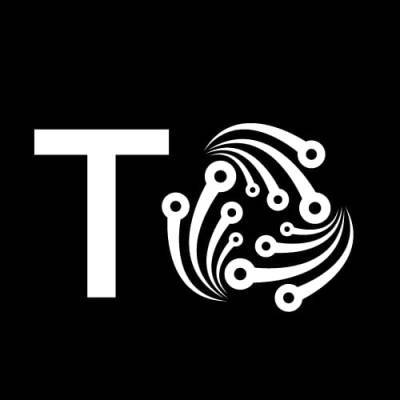Don't wanna be here? Send us removal request.
Text
The Role of Blockchain in Sustainable Fashion
The fashion industry is often criticised for its environmental impact and workers’ rights. Fast fashion brands have been accused of ignoring water pollution, microplastics and poor working conditions in order to meet demand for new clothes. As consumer awareness grows, fashion companies are finding it increasingly difficult to keep up with demands for sustainable practices. Some fashion houses are looking to blockchain as a way of improving their supply chains and creating value for consumers, suppliers and manufacturers.
A blockchain is a secure, distributed ledger that facilitates the process of recording transactions and tracking assets across a business network. It can be used to record any type of digital asset, from physical goods (e.g., clothing) to virtual goods and services (e.g., software). It’s also capable of automating processes via smart contracts and providing transparency and traceability.

It’s important to remember that blockchain is still in its early stages, and the technology continues to evolve. It’s not appropriate for all businesses, and it’s important to consider the specific needs of your business when considering whether or not blockchain is a fit. In general, the benefits of using blockchain include increased transparency and efficiency, reduced costs, and greater security.
A blockchain enables techogle.co businesses to track the entire lifecycle of a product, from design and production through retail and secondhand sales. This can help to reduce waste, increase revenue streams and boost brand loyalty. It can also help to promote ethical and sustainable practices, as well as reducing the risk of counterfeiting.
In the fashion industry, blockchain can be used to track and register every step of a garment’s journey from raw materials to finished product. The first garment to be tracked this way was a jumper designed by Martine Jarlgaard in 2018. It was made with partners A Transparent Company, Provenance and London College of Fashion’s innovation agency, and it documented each step of the manufacturing process through the blockchain app.
Fashion labels that use blockchain to document their supply chain can make it much easier for consumers to see the green credentials of their products. This can be a great deterrent against “greenwashing”, a practice in which companies use misleading marketing to give the impression that they are environmentally friendly. Blockchain is particularly useful in this context because it provides a reliable record that can be verified without the need for third-party certification bodies.
Blockchain can be used to keep counterfeit goods out of the market and protect the reputations of designers who have built their names on craft, origin and quality. When fake products enter the market, they can damage a designer’s reputation and undermine the trust of their customers.
Luxury fashion houses technology website are starting to adopt blockchain technologies in their supply chains. The Everledger Platform, for example, enables fashion and luxury brands to demonstrate their sustainability commitments by giving their customers an authentic back-story for each of the products they sell. This will build trust and drive re-commerce and a circular economy.
1 note
·
View note